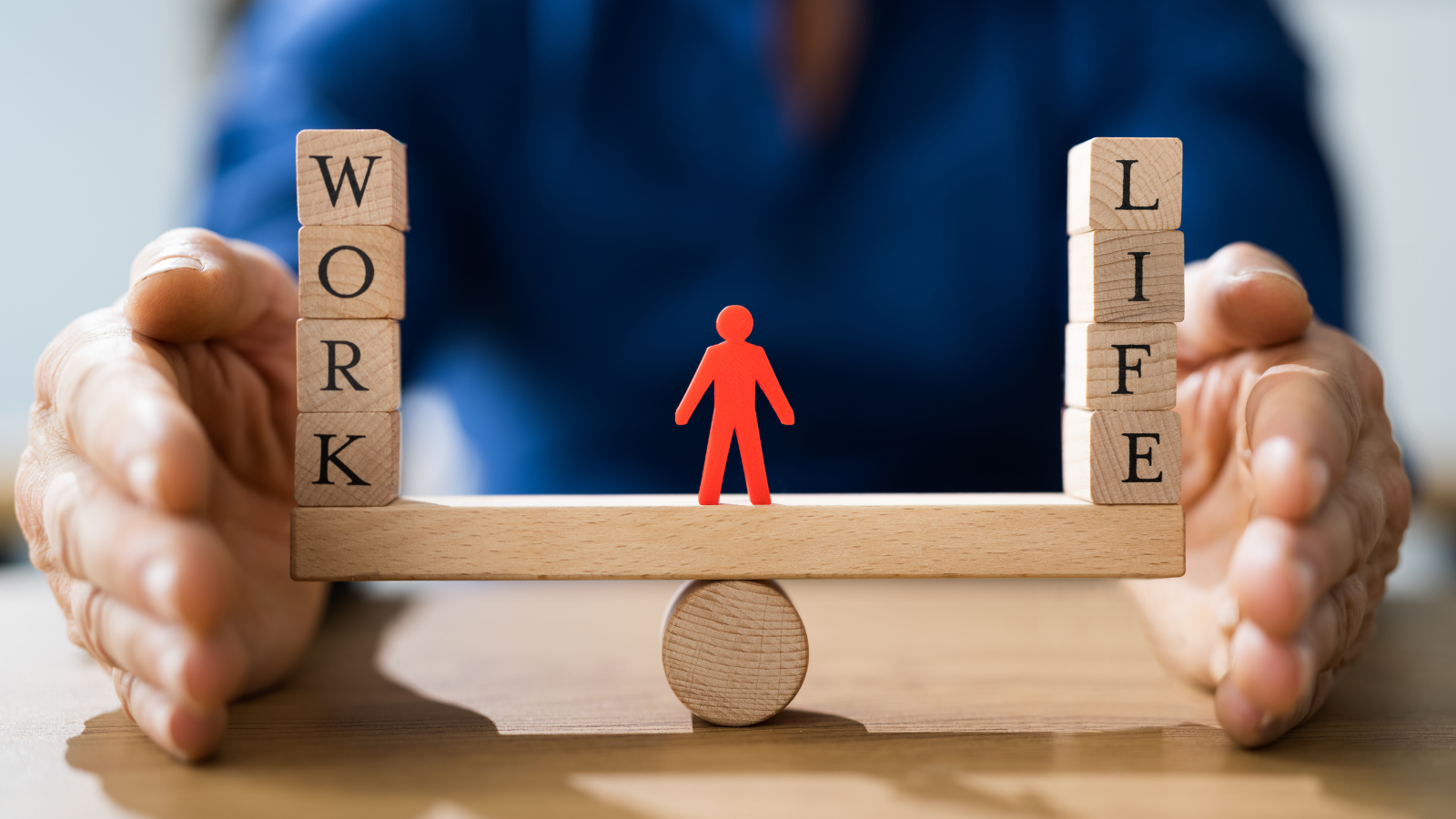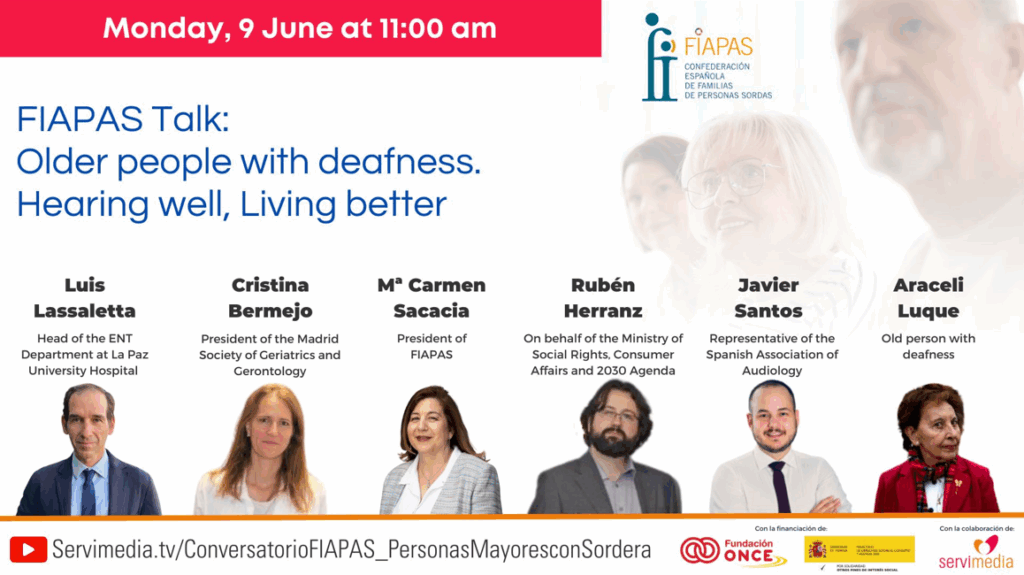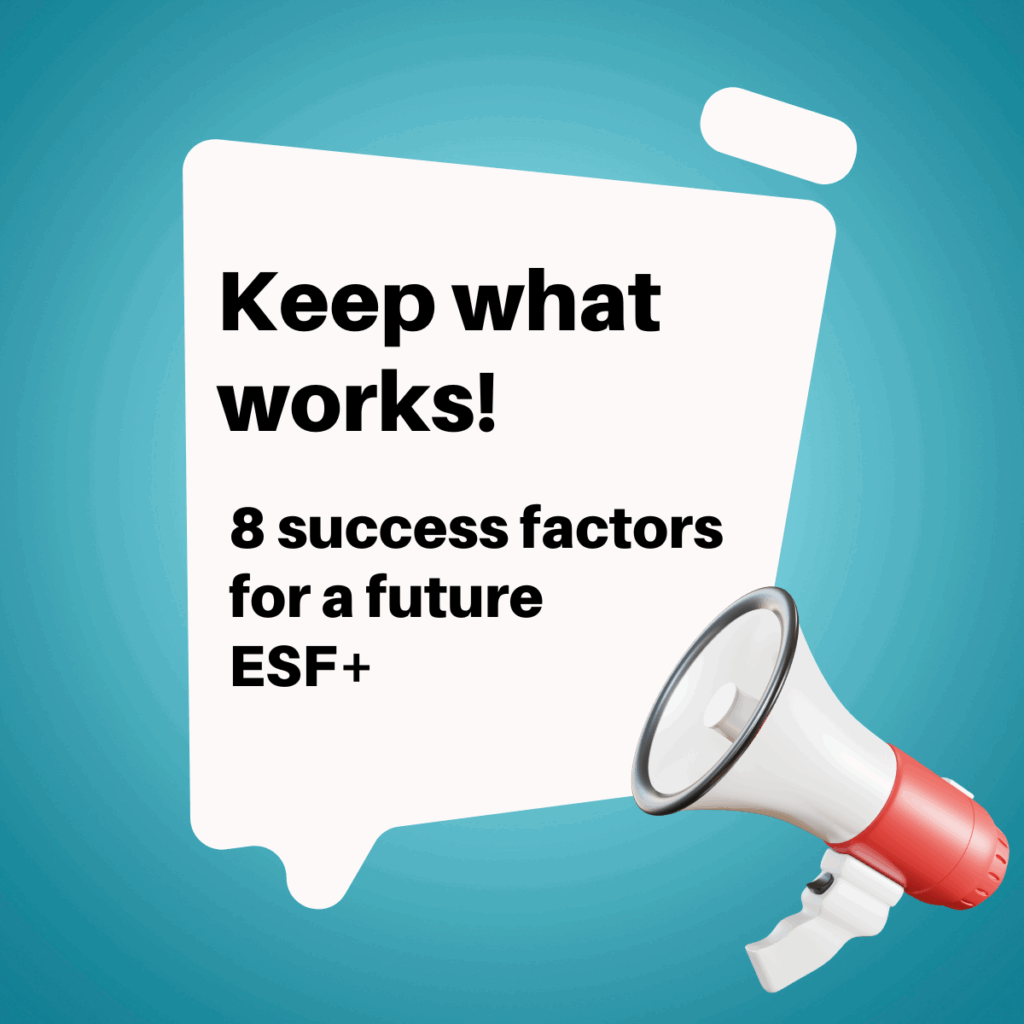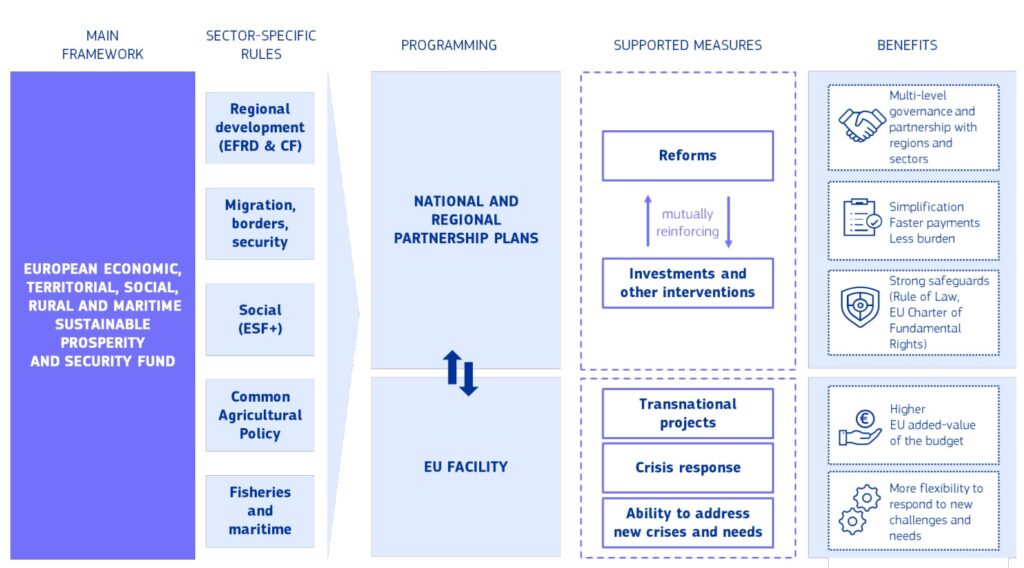Throughout different periods of our lives, each of us experiences different needs, desires, commitments, and opportunities. No magic formula can be applied to our work and personal lives that would suit everyone. However, there is a tool you can use to calculate the formula precisely for your work and personal life, and it was developed by the Lithuanian Office of the Equal Opportunities Ombudsperson, in cooperation with partners: social advertising agency “Nomoshiti”, the Center for Equality Advancement, and the Ministry of Social Security and Labour. They created a work-life balance formula.
They split the formula into the 11 most important and largest layers of life: family, work, health and fitness, sleep, personal time, emotional health, intellectual activity, spirituality or religion, community and social connections, home, and household, and everything in-between as ‘wasted/filled time’. Each of these layers is divided into two parts:
- the actual time you devote to this layer of life, and
- the ideal time you would like to devote to this layer.
Go ahead, have some fun and try it out! You have 168 hours (per week) for each of these layers. Once you’ve made your choices, you’ll see at the bottom the difference between how much time you actually spend on specific areas and how much you’d ideally like to spend on them. It is more than likely there won’t be enough time for everything you want to do. However, even if you manage to fit into 168 hours, there won’t be enough. Therefore, when you decide on what you want to improve the most in your life, choose a priority (‘priority’ is a singular noun, and ‘priorities’ were invented by people who fail to distinguish the ‘priority’) for the next month, half a year, or a year.
Have a good trip while having fun and trying it out, and don’t forget, there is no correct formula for everyone and every time. Even the things that are right for you today may not be right after a month, a year, or even after ten. Balancing is a process, not a result!
Try it out here: https://daugiaubalanso.lt/en/formula/
Photo: ©AndreyPopov via Canva.com





